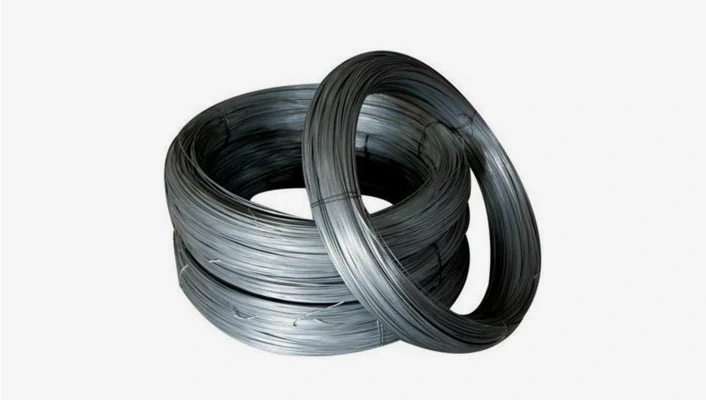Vintage Barbed Wire Collection Inspired by Rustic Charm and Historical Significance
The Timeless Charm of Vintage Barbed Wire
Barbed wire, a seemingly simple invention, has played a crucial role in shaping the landscapes and the livelihoods of countless communities throughout history. While its primary purpose may have been to contain livestock and mark property boundaries, the aesthetic allure of vintage barbed wire transcends its functional origins. Today, it serves as a nostalgic reminder of a bygone era, evoking memories of rugged frontier life and the enduring spirit of the American West.
The history of barbed wire dates back to the late 19th century, emerging as ranchers sought efficient ways to manage cattle on the expansive prairies. Prior to its invention, the challenges of keeping livestock penned were daunting. Traditional wooden fences were costly and often impractical in arid regions where timber was scarce. The introduction of barbed wire revolutionized land management, allowing ranchers to establish effective barriers at a fraction of the cost.
The early designs of barbed wire were as varied as the individuals who crafted them. Many barbed wire types were patented, each with unique features and aesthetics, reflecting the creativity and ingenuity of their inventors. Today, these vintage designs are celebrated, cherished not just for their functionality, but for their craftsmanship. The intricate patterns of twisted wire and sharp barbs tell stories of resilience and resourcefulness, showcasing the innovative spirit of those who lived in a time of expansion and adventure.
vintage barbed wire

Collectors and enthusiasts have developed a deep appreciation for vintage barbed wire
. Antique shows and farmer’s markets often feature booths dedicated to these relics, attracting both seasoned collectors and curious newcomers. For many, collecting barbed wire is not merely a hobby; it is a way to connect with the past, preserving pieces of history that might otherwise be forgotten. Each coil and piece of twisted metal carries with it tales of the land, the hardships faced by ranchers, and the communities that founded them.Beyond the realm of collectors, vintage barbed wire has also captured the attention of artists and designers. The aesthetic value of aged and rusted wire is often leveraged in home decor, garden design, and art installations. The rugged texture and earthy tones of weathered barbed wire can enhance the rustic charm of a space, bringing an essence of the outdoors indoors. From serving as unique planters to creating striking wall art, vintage barbed wire has found new life in contemporary design, showcasing its versatility and enduring appeal.
Moreover, barbed wire serves as a poignant symbol of human ingenuity and the complexities of progress. While it was developed primarily for practical purposes, its historical context invites discussions on themes such as land ownership, conflict, and the fine balance between progress and preservation. In an era where the conversation surrounding environmental sustainability and land use is more relevant than ever, vintage barbed wire reminds us of the need to honor our past while looking forward to the future.
In conclusion, vintage barbed wire is much more than a tool for keeping livestock in check; it represents a rich tapestry of history, creativity, and resilience. Whether seen in the hands of a collector, as part of a home decor scheme, or analyzed through the lens of history, it embodies a unique blend of functionality and artistry. As we continue to explore and celebrate our shared heritage, vintage barbed wire will remain a timeless icon, connecting us to the spirit of those who came before us and the landscapes they shaped.
-
Space-Saving Chain Fence Hacks Vertical Gardening with Cyclone MeshNewsJul.16,2025
-
Innovations in Iron Nail Wire Production for Modern ConstructionNewsJul.16,2025
-
Creative Uses of Wire Netting Fence in Modern Landscape DesignNewsJul.16,2025
-
Barbed Wire Fence Innovations in Anti-Climb TechnologyNewsJul.16,2025
-
Architectural Uses of Umbrella Nails for Aesthetic Roof DesignsNewsJul.16,2025
-
Architectural Uses of Razor Barbed Wire in Secure Urban DesignNewsJul.16,2025




